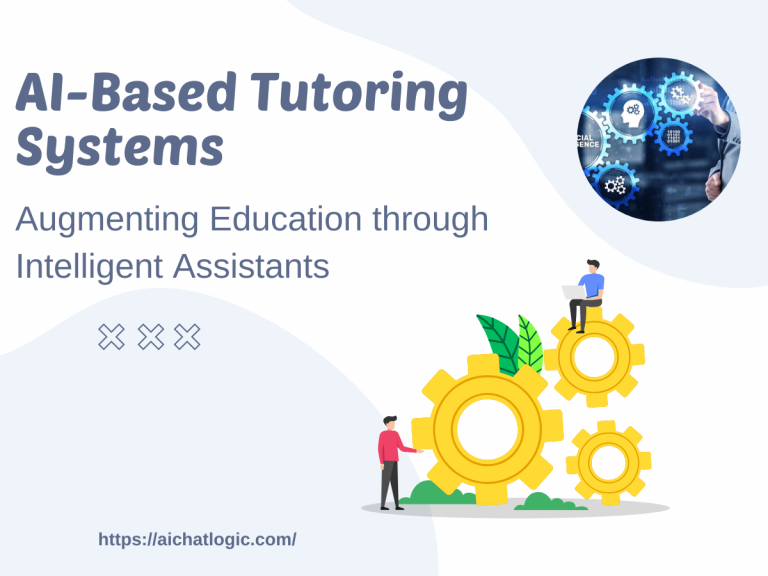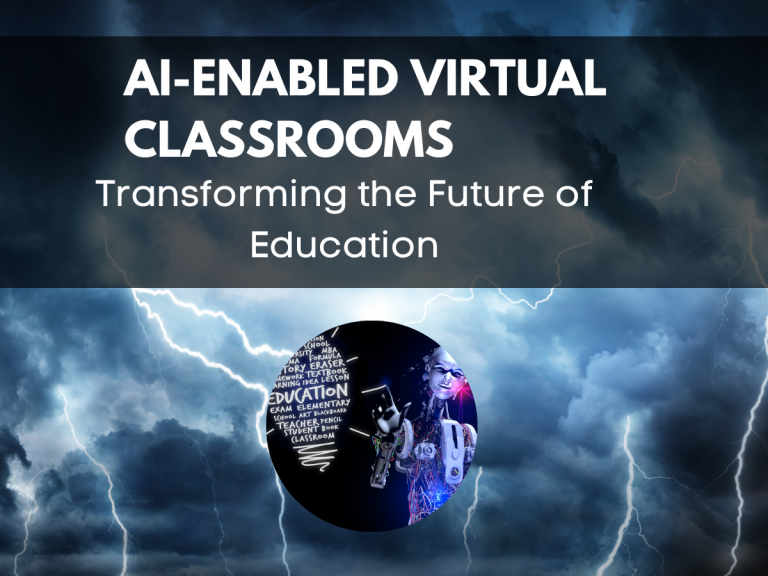1. Introduction: The Rise of Chatbots in Education
In recent years, chatbots have emerged as valuable tools in various industries, and education is no exception. With advancements in artificial intelligence and natural language processing, chatbots have become increasingly prevalent in educational institutions worldwide. These intelligent virtual assistants provide support to students and educators, facilitating personalized learning experiences, and streamlining administrative processes. This article explores the integration of chatbots in education, focusing on their role in enhancing student support and engagement.
2. How Chatbots Function in the Educational Landscape
2.1 Automating Administrative Tasks
Chatbots in education can enhance and automate repetitive administrative tasks, such as answering frequently asked questions, managing schedules, and handling registration processes. By delegating these tasks to chatbots, educational institutions can reduce administrative burdens, allowing staff to focus on more critical responsibilities. Additionally, chatbots in education promote student engagement by providing interactive and personalized support.
2.2 Personalized Learning Assistance
One of the key benefits of chatbots is their ability to provide personalized learning assistance. These intelligent systems can adapt to individual student needs, offering customized feedback, recommendations, and study resources. With their vast knowledge base and adaptive algorithms, chatbots can cater to different learning styles, ensuring that students receive tailored support.
2.3 24/7 Student Support
Chatbots offer round-the-clock support to students, eliminating the limitations of traditional office hours. Students can seek guidance and clarification on assignments, course materials, or academic queries at any time. This accessibility promotes a culture of continuous learning and empowers students to take ownership of their educational journey.
3. Benefits of Chatbots in Education
3.1 Enhanced Student Engagement
By integrating chatbots into the learning process, educators can foster higher levels of student engagement. Chatbots can deliver interactive learning experiences through gamification, quizzes, and simulations. These elements make learning more enjoyable, encouraging active participation and knowledge retention among students.
3.2 Improved Accessibility and Inclusivity
Chatbots have the potential to address accessibility and inclusivity concerns in education. They can assist students with disabilities by providing alternative formats for course materials, facilitating audio or text-based interactions, and offering real-time transcription services. Chatbots also support multilingual learners, ensuring language is not a barrier to education.
3.3 Time and Cost Efficiency
Implementing chatbots in education leads to significant time and cost savings. Chatbots can handle a multitude of queries simultaneously, reducing the need for human intervention. Moreover, the automation of administrative tasks allows educational institutions to allocate resources more efficiently, maximizing productivity and cost-effectiveness.
4. Addressing Concerns: Privacy and Data Security
While the integration of chatbots in education brings numerous benefits, it is crucial to address concerns regarding privacy and data security. Educational institutions must prioritize data protection and ensure compliance with relevant regulations. Implementing robust security measures, data encryption, and regular audits can mitigate risks and safeguard student information.
5. Successful Implementation Strategies for Chatbots in Education
To successfully implement chatbots in education, institutions should consider the following strategies:
5.1 Clearly Defined Objectives
Educational institutions must establish clear objectives and identify specific areas where chatbots can provide value. Whether it’s enhancing student support, improving administrative efficiency, or personalizing learning experiences, aligning chatbot functionalities with institutional goals is essential for successful implementation.
5.2 Natural Language Processing Capabilities
Chatbots equipped with advanced natural language processing capabilities can better understand and respond to student inquiries. Investing in robust language processing algorithms and ongoing training of chatbot systems can ensure accurate and context-aware interactions.
5.3 Continuous Monitoring and Improvement
Continuous monitoring and improvement are crucial to maintaining chatbot effectiveness. Regularly analyzing chatbot interactions, collecting user feedback, and addressing limitations or misconceptions can enhancing the chatbot’s performance over time. This iterative approach ensures the chatbot remains responsive to evolving student needs.
6. Examples of Chatbot Integration in Education
6.1 Virtual Teaching Assistants
Virtual teaching assistants offer real-time support to students by answering questions, providing clarifications, and offering additional resources. These chatbots act as valuable companions throughout the learning process, fostering independent learning while supplementing the role of educators.
6.2 Personalized Learning Pathways
Chatbots can guide students through personalized learning pathways tailored to their individual strengths, weaknesses, and interests. By recommending relevant resources, suggesting study schedules, and tracking progress, chatbots empower students to take control of their education.
6.3 Campus and Administrative Support
Chatbots can streamline administrative processes, such as managing admissions, facilitating course registrations, and providing campus information. Students can access real-time updates on class schedules, campus events, and administrative procedures, eliminating the need for manual intervention.
7. Future Outlook: Advancements and Potential Challenges
The future of chatbots in education is promising, with advancements in artificial intelligence and machine learning paving the way for more sophisticated and context-aware virtual assistants. However, challenges such as ethical considerations, chatbot biases, and user acceptance need to be addressed. Ongoing research, collaboration between academia and industry, and user-centric design principles will shape the evolution of chatbots in education.
8. Conclusion
Chatbots have revolutionized the educational landscape by enhancing student support and engagement. These intelligent virtual assistants automate administrative tasks, provide personalized learning assistance, and offer 24/7 student support. With benefits ranging from improved accessibility to time and cost efficiency, chatbots play a pivotal role in shaping the future of education. While challenges exist, successful implementation strategies and a focus on privacy and data security can ensure the seamless integration of chatbots in educational institutions.
FAQs
1. Can chatbots replace human teachers in education? Chatbots cannot replace human teachers but rather complement their role by providing additional support and personalized learning experiences.
2. Are chatbots accessible to students with disabilities? Yes, chatbots can enhancing accessibility for students with disabilities by providing alternative formats, transcription services, and language support.
3. How do chatbots ensure data security and privacy? Educational institutions must implement robust security measures, data encryption, and regular audits to protect student information and comply with privacy regulations.
4. Can chatbots adapt to different learning styles? Yes, chatbots can adapt to different learning styles by providing personalized recommendations, feedback, and study resources based on individual student needs.
5. What is the future outlook for chatbots in education? The future of chatbots in education is promising, with advancements in artificial intelligence driving more sophisticated and context-aware virtual assistants, while challenges like ethical considerations and user acceptance need to be addressed.










+ There are no comments
Add yours